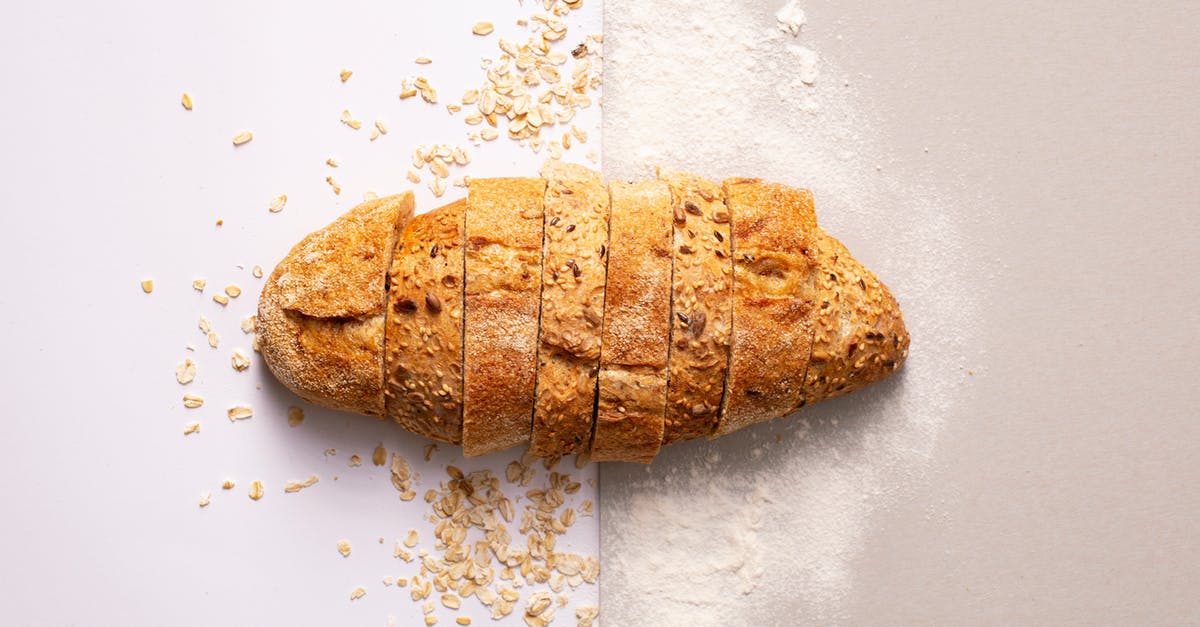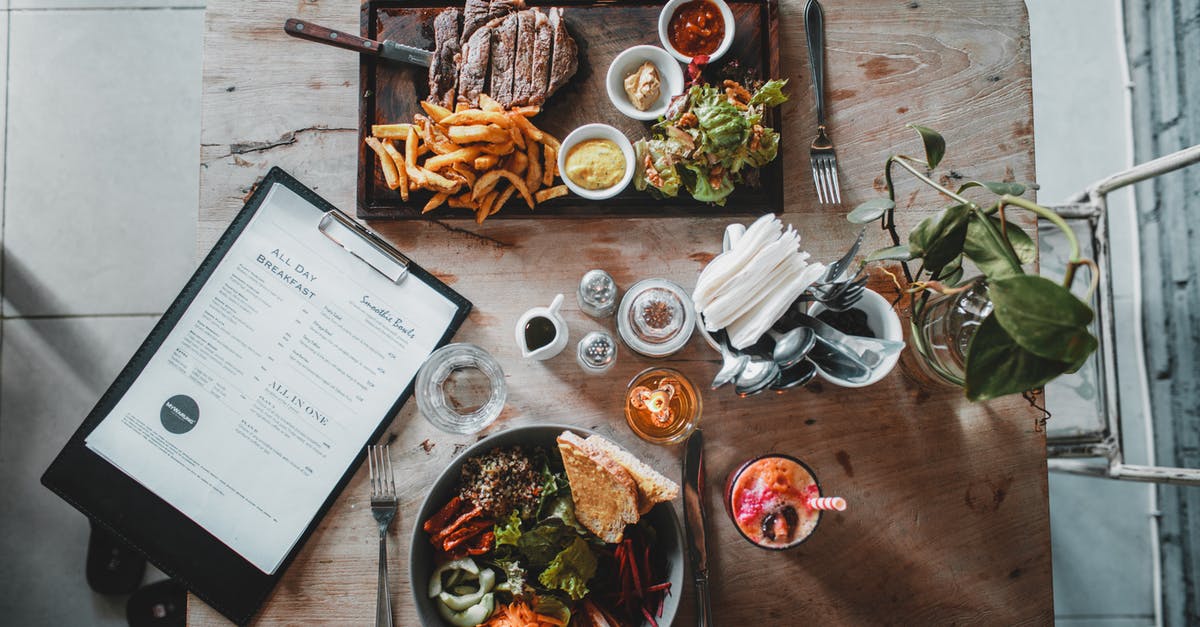Recipe interpretation

I've been following a recipe, and two things confuse me. One is the "what" for most steps, and the other is a "why".
The recipe is here.
But look at the steps, which I've abbreviated here to save reading.
- Whisk flours and yeast together. Dissolve honey in water. Using dough hook on low speed, slowly add water mixture to flour mixture and mix until cohesive dough starts to form and no dry flour remains, about 2 minutes, scraping down bowl and hook as needed. Cover tightly and let dough rest for 30 minutes.
So what happens if there's no dry flour left, but a cohesive dough hasn't formed, or vice versa? Keep mixing? Stop, because I've gone 3 minutes and the recipe said only two? Give up and throw it away and start over?
- Add salt to dough; mix on low speed for 5 minutes. Increase to medium and knead until dough is smooth and slightly sticky, about 1 minute.
Same deal: what if the dough was smooth and slightly sticky when I started? Do I still mix on medium for a minute? Or do I skip that step?
- Transfer to lightly greased bowl, cover, let rise until doubled in size, 1 to 1 1/2 hours.
Same deal: suppose I've waited 2 hours, and it still hasn't doubled. Do I toss it?
- Using greased bowl-scraper (or your fingertips), fold dough over itself by gently lifting and folding edge of dough toward middle. Turn bowl 90 degrees and fold dough again; repeat turning bowl and folding dough 2 more times (total of 4 folds). Cover tightly with plastic and let rise for 30 minutes.
A new question: What is the process above (repeated below) supposed to achieve? And in general, what does allowing multiple rises achieve? And why don't we just punch it down each time -- why the fancy folding for two of the rises?
Repeat folding, then cover bowl tightly with plastic and let dough rise until doubled in size, about 30 minutes.
[Form rolls and put them in a cake tin, cover, and...] Let rolls rise until nearly doubled in size and dough springs back minimally when poked gently with your knuckle, about 30 minutes.
Again: what if they double in size, but the dough sticks to my knuckle, or it springs back a lot, or doesn't spring back at all?
- Mist with water, bake at 500 for 10m; remove from oven and separate, bake at 400 for another 10-15 min on a baking sheet. Cool.
Thankfully, this last step makes total sense to me. :)
Best Answer
In bread baking, you do each step until you recognize that you achieved the correct end result for each step, then stop, wait until the appropriate changes have happened, then continue with the next step. An expert baker would work from a much more abbreviated recipe than the one you posted, and if something doesn't happen as expected, he or she will have an idea how to troubleshoot.
The recipe you chose seems to be aimed at a beginner baker. It not only explains what the intermediate results should look like ("until cohesive dough starts to form and no dry flour remains"), but gives approximate time amounts, mostly for the eager newb who starts kneading and at some point asks "is this already silky?". These are basically signposts to make sure you are still on the right path.
So, what you should do is to stop when the described stage has been reached, and not by the clock. Only if you are not entirely sure that it has been reached, and you are taking much longer than the clock, you should stop, take a step back, and think whether you might be interpreting the description wrongly, or maybe made a mistake somewhere along the way, so that there is not a chance of ever attaining the proper end stage. I agree this may be frustrating for a very new baker, if you have no idea why the recipe says 5 minutes, but it still looks entirely wrong after 15 minutes, but at least it gives you enough information when to abort your attempts. It is not feasible to do more within a single recipe - if you want to be an effective troubleshooter, you need both lots of practice and sufficient theroy (which can fill whole books).
The opposite case you are suggesting - "what if the dough was smooth and slightly sticky when I started?" should basically never happen. You are making the step in order to achieve that state. If it were achievable without that step, the step wouldn't be in the recipe in the first place.
So, all I can suggest is to try to follow the recipe as stated, and if a discrepancy occurs, play it by ear. I won't try getting into each of your questions separately, since some of them are not practically relevant, others need whole questions of their own here, and yet others are not really answerable in such a generic question. For example, if your bread really doubles in size in the last rise, but the dough is totally sticky, the diagnosis of the likeliest problem cause alone will require a detailed description of what happened until that occured, how you treated it, etc, and may still not be diagnosable from afar. And the appropriate reaction will depend on why it happened in the first place.
Bottom line: these hypotheticals are unnecessary. Just bake, and see if you will run into any of the problems you described. If you do, come ask a specific question on the exact problem. But if the recipe is well balanced, you will likely not encounter any of them in the first place.
Pictures about "Recipe interpretation"



How do you interpret recipes?
How to Read a RecipeWhat are the 5 things a recipe will tell you?
Remember recipe parts & resources.- Yield. The yield tells the number and size of servings the recipe will make.
- List of Ingredients & Amounts.
- Step By Step Directions for Mixing & Handling. The recipe should have directions for how to prepare it. ...
- Equipment (Container Size & Type) ...
- Temperature & Time.
How do you read and follow recipes?
How to Read & Follow a RecipeWhat are the 7 parts of a well written recipe?
A well written recipe is a list of ingredients, yield, temperature and time, container size and type, step by step directions, and nutrition analysis.Everyday English for ESL 5 — Cookie Recipe
More answers regarding recipe interpretation
Answer 2
Firstly, no recipe is foolproof, and all are open to interpretation. The variables involved can't possibly be consistent between the recipe developer and the end user. Ideally, recipes allow you to reproduce a product. More often they get you close.
Bread baking is even more problematic because of the nuanced differences in flours and mixers, and the more pronounced differences in temperature and humidity. You have to know something about bread baking, and better, have some experience to know when to follow a recipe exactly or when to deviate.
To respond to a few of your questions more specifically: #1 is influenced by type of flour, hydration, and humidity. You should develop an understanding of the nature of the dough you are working with. When the dough reaches that consistency, you are good to move on. If a cohesive dough has not formed, you can add more flour. However, some high hydration doughs don't look very cohesive at this point.
Point 2: Yes, mix to incorporate salt and begin gluten development
Point 4: Wait. Temperature influences yeast action. It could take longer. If you see no action, you could have faulty yeast, or maybe you killed it with liquid that was too hot. The stretching and folding is all about gluten development, which is important here.
Points 5 and 6 get you in the ball park, but you have to develop a feel for how bread dough behaves. Then you can adjust to local conditions.
In the end, the recipe is a guide. Don't worry about perfection. Make minor adjustments next time. Zero in on the result you are looking for.
Answer 3
Honestly, I think you may be overthinking the purpose of these tidbits of information. I believe a number of these are there to help people know when something is where it should be, regardless of time/effort/process. This type of language can be found as far back as some 1700s cookbooks at least, and a number of times that I have observed, it was practical in nature more than anything.
For instance, a housewife may not have had a clock, but she knew what "doubled in size" and "springs back minimally" meant from experience. Most of these points are worded in a descriptive manner for the same purpose, I believe.
In this instance, we're talking about baking, and baking is one of the most scientific and precise forms cooking can take, although it is not infallible. I have a friend who has baked hundreds, perhaps thousands, of cakes for her business, and the only times the cakes did not turn out right, and could not be fixed with minor, common baking "tweaks", were when she fudged the directions and/or the ingredients.
Sources: Stack Exchange - This article follows the attribution requirements of Stack Exchange and is licensed under CC BY-SA 3.0.
Images: Mariana Kurnyk, Andrea Piacquadio, ROMAN ODINTSOV, MART PRODUCTION
